As those new to Edmonton quickly learn winter takes up a significant portion of the year. Complain all you want, but it doesn’t change the days or (shudder) weeks of extreme cold, snow storms and bone chilling winds. It has also provoked many inquisitive folks to investigate various aspects of winter. Knowledge is power and understanding is a first step towards acceptance. We’ve covered how to dress for the season, but let’s take it a step further in exploring the amazing scientific and cultural aspects of the snowy season.
Here are some books to inspire an about face to negative attitudes related to winter. It’s not all bad…
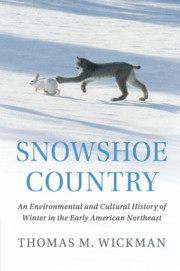
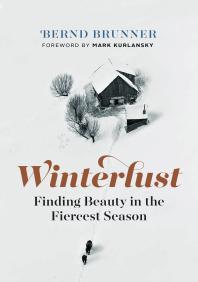

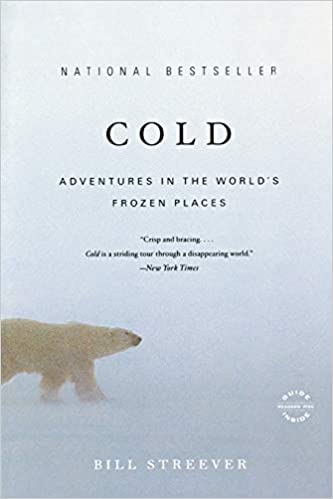
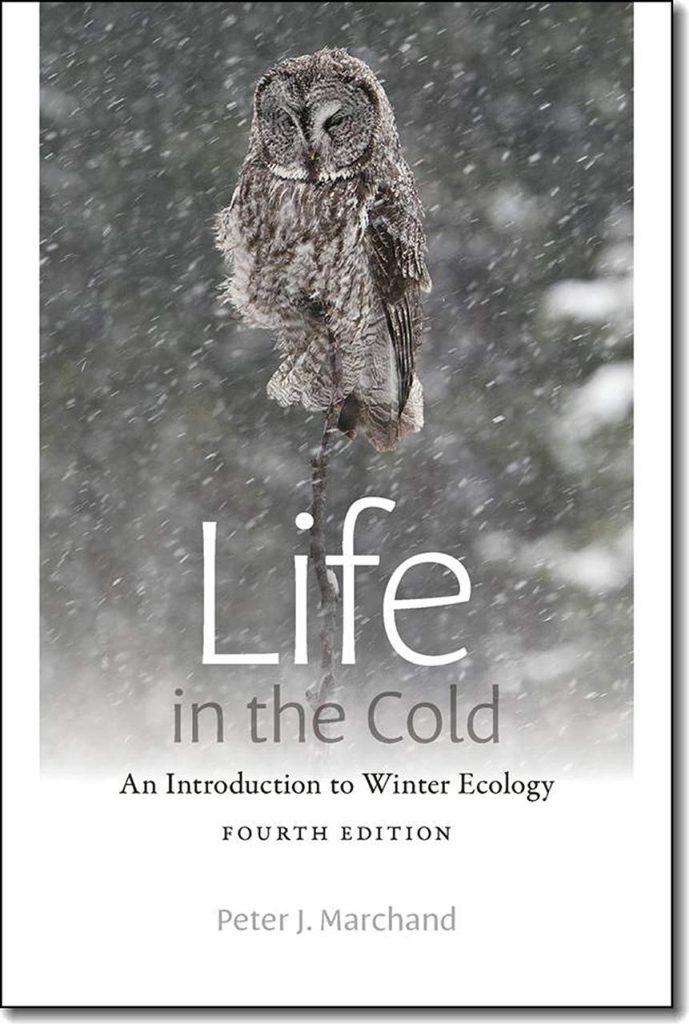

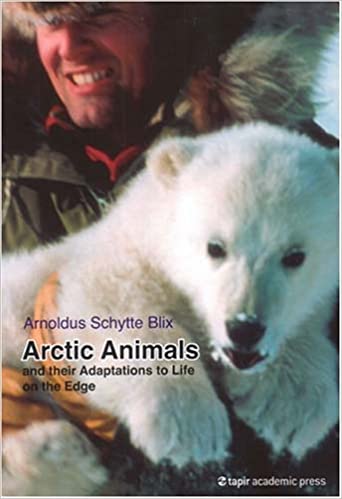
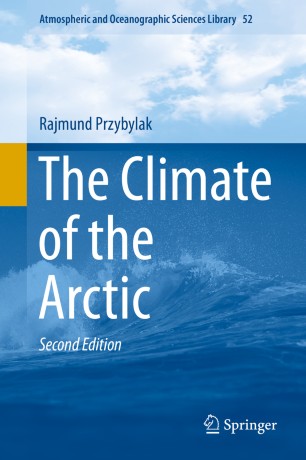
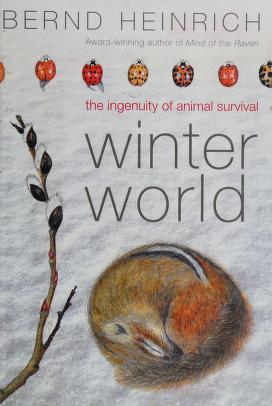
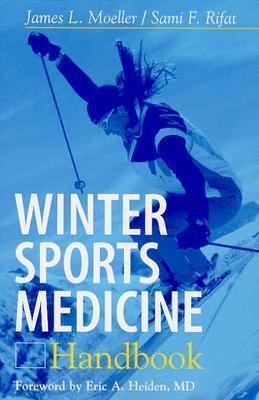
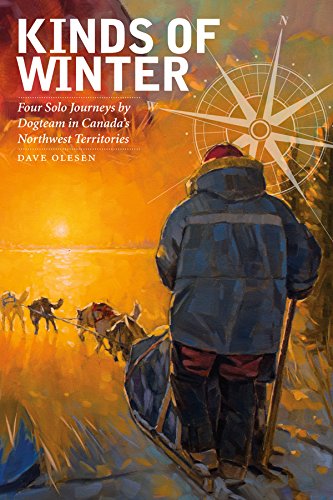
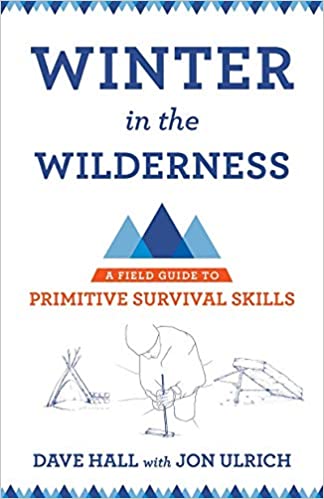
Let’s not forget younger readers. Here are a few winter themed books to help explain the hows and whys of winter.
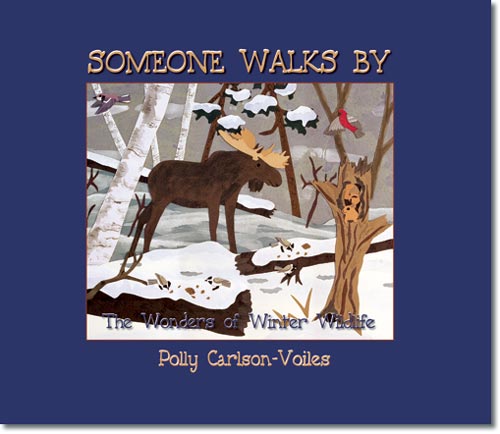
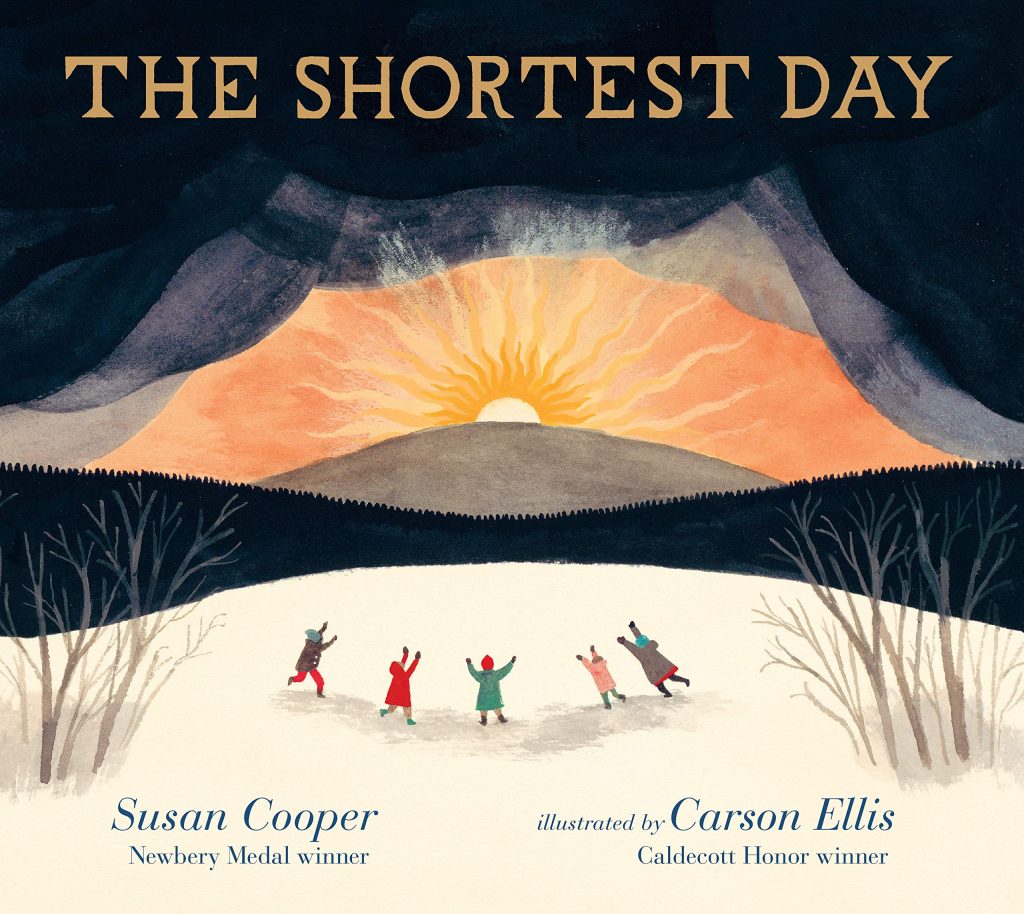
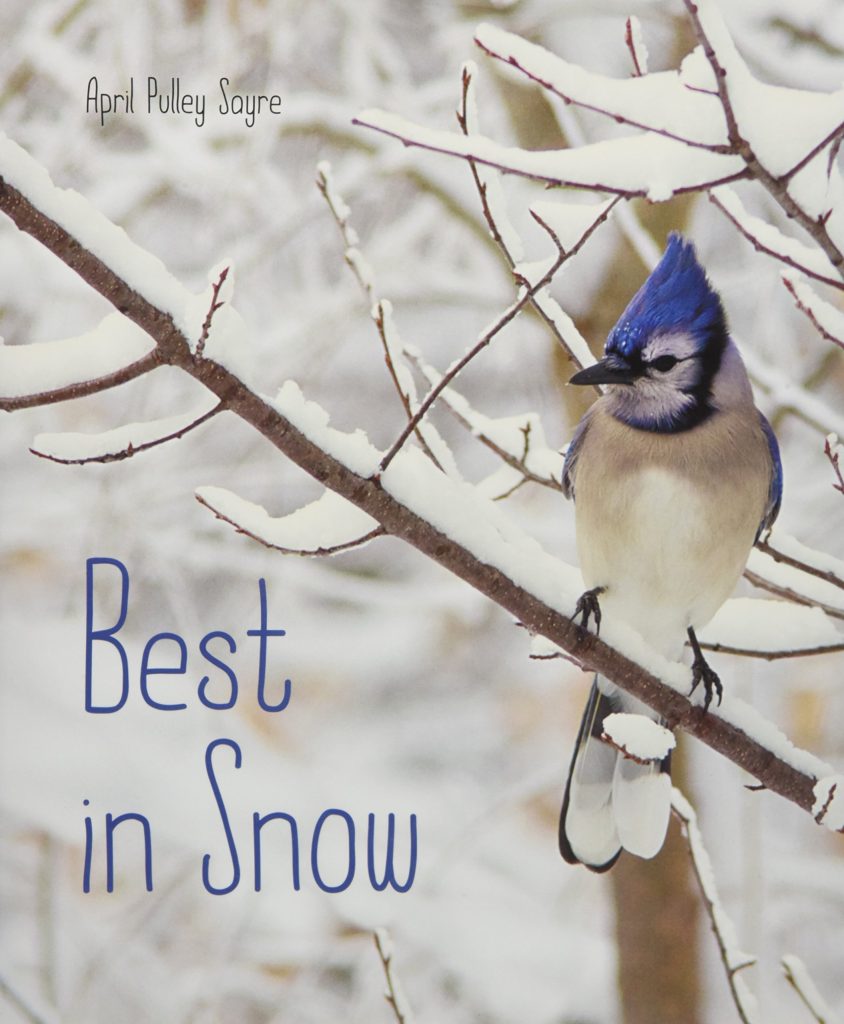
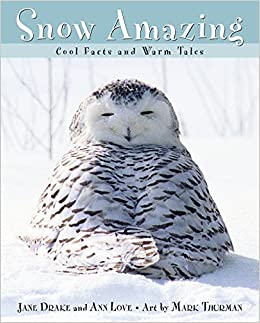
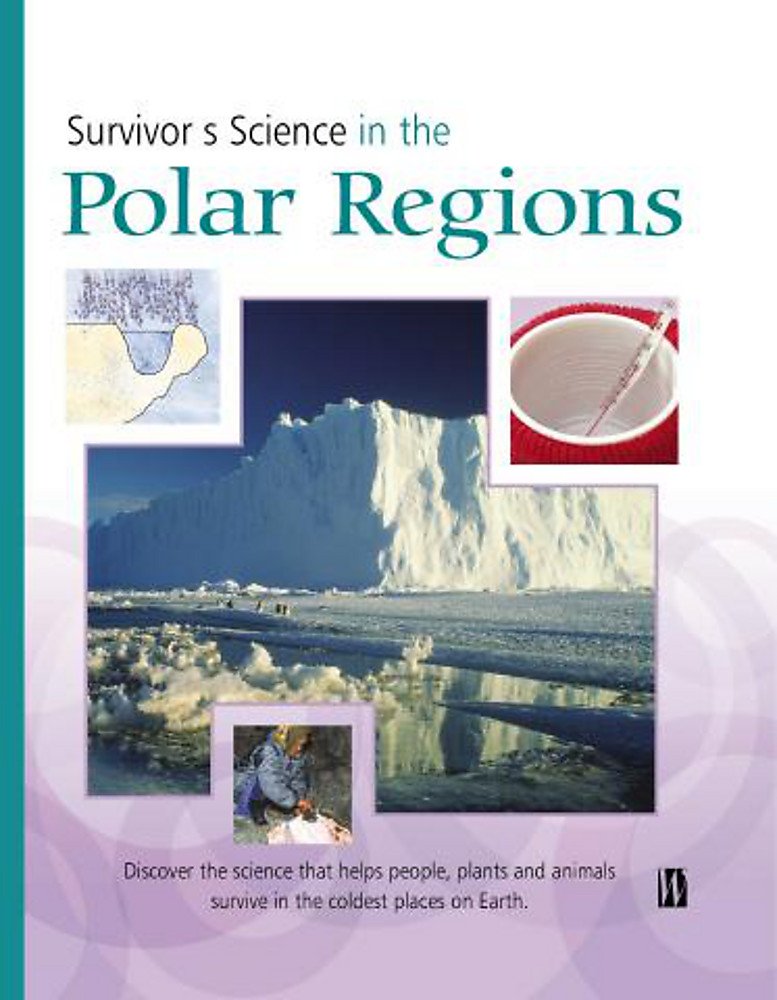

If you’re doing more in-depth research into a related subject but don’t know where to start, Ask Us. We’re always happy to help.
Love our blog posts? We invite you to subscribe to our newsletter (scroll down to the bottom right side of this page). You’ll also love us on social media! Check us out at @uofalibrary on Instagram, & Twitter!
